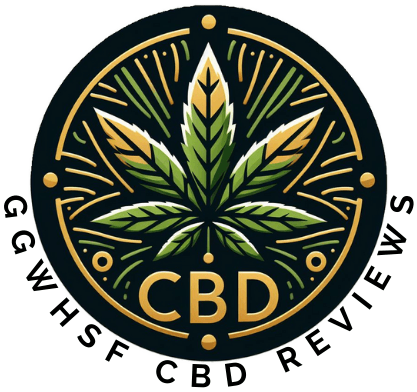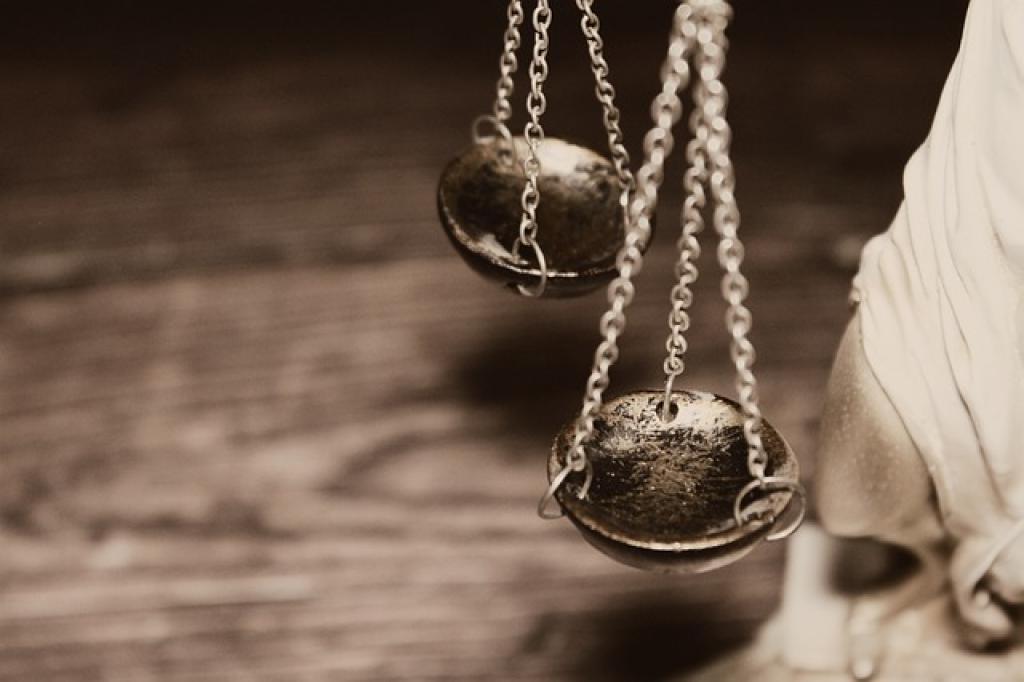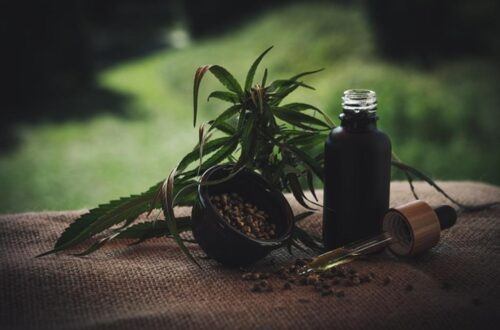For years, CBD was a mystery, a compound hidden in the shadows of its controversial cousin, THC. However, the landscape began to shift as stories of its healing properties spread like wildfire, compelling people to question long-standing laws.
This journey from obscurity to acceptance wasn’t a straight path. The story winds through centuries of botany, medical discoveries, and even legal battles. It’s a fascinating ride, marked by moments of triumph and setbacks, all driven by the quest for health and wellness.
Dive in, and let’s uncover how CBD went from being a misunderstood plant extract to a widely embraced remedy.
Understanding the Origin of CBD
CBD, or cannabidiol, is one of over a hundred compounds found in the cannabis plant. Unlike THC, which is psychoactive and can get you “high”, CBD is non-intoxicating and has gained fame for its potential therapeutic benefits.
Ancient Uses of Cannabis
Cannabis has been used for thousands of years, dating back to ancient China where it was used for multiple purposes, including medicine. The plant’s fibers were also crafted into clothes, ropes, and even paper.
However, the extraction and use of CBD as a distinct compound didn’t occur until much later. This vital component remained locked inside the plant, unnoticed by ancient civilizations.
Modern Discovery of CBD
It wasn’t until the early 1940s that CBD was first isolated by American chemist Roger Adams. The discovery was groundbreaking, but the real excitement began in the 1960s when Dr. Raphael Mechoulam’s research funded by the National Institute of Health, elucidated CBD’s structure and potential benefits.
These initial discoveries sparked a wave of scientific curiosity, setting the stage for further investigation into its health benefits and laying the groundwork for future legal battles.

Early Stages of CBD Legalization
The path to CBD legalization has been anything but straightforward. Back in the 20th century, cannabis was mostly tied to its recreational use, often overshadowed by its medical potential. This association led to heavy regulation and the stigmatization of all things cannabis-related, including CBD.
The 1970s saw the establishment of the Controlled Substances Act in the United States, which classified cannabis as a Schedule I drug, deeming it to have no accepted medical use and a high potential for abuse. As a result, CBD research and usage faced significant setbacks.
It wasn’t until the early 2000s that the public and scientific community began to differentiate CBD from THC, recognizing its potential medical benefits without the psychoactive effects. Stories of children with severe epilepsy experiencing relief spurred a push for legalization.
By 2014, the landscape started to shift with the passage of the Farm Bill, which allowed for the cultivation of industrial hemp in pilot programs. This marked the beginning of a slow but steady journey towards broader acceptance and legal acknowledgment of CBD.
In 2018, a pivotal moment arrived with another Farm Bill, which federally legalized the cultivation of hemp and the sale of CBD derived from it, as long as it contained no more than 0.3% THC. This significant change opened the doors to extensive research, sales, and widespread acceptance of CBD products.
Key Events Shaping CBD Legislation
One of the earliest pivotal moments for CBD legislation was the case of Charlotte Figi, a young girl suffering from Dravet syndrome. Her dramatic improvement after using CBD oil garnered national attention in the early 2010s and significantly influenced public perception and policy discussions.
The Role of State Legislation
Soon after Charlotte’s story gained traction, individual states began to pass their own laws permitting the medical use of CBD. States like Colorado and California were among the first to recognize and legislate for the therapeutic benefits of CBD, setting a precedent for others to follow.
On a federal level, the 2014 Farm Bill was another crucial step. This bill allowed states to start research programs on industrial hemp, and by extension, CBD. It was a substantial leeway for further scientific studies and commercial ventures.
In the same year, the U.S. Food and Drug Administration (FDA) also began to acknowledge CBD, approving studies and fast-tracking the review of CBD-based drugs for various medical conditions.
International Influence
Globally, countries like Canada and several European nations took progressive stances on CBD, influencing U.S. policies. Canada’s legalization of cannabis for both medical and recreational purposes in 2018 had ripple effects, motivating American lawmakers to rethink federal restrictions.
The crescendo of these efforts came in 2018, with the updated Farm Bill making hemp and its derivatives, including CBD with low THC, federally legal. This bill not only catalyzed the CBD boom but also laid the groundwork for future regulations and research.
Each of these events played a fundamental role in shaping the current landscape of CBD legislation, gradually shifting the narrative from stigma to acceptance and opening the door to new possibilities.
Current Status of CBD Legalization
As of today, CBD exists in a bit of a gray area when it comes to legislation. Federally, CBD derived from hemp is legal, thanks to the 2018 Farm Bill, as long as it contains less than 0.3% THC. However, this doesn’t mean all CBD products are free from legal scrutiny.
State-Specific Regulations
Individual states have their own rules regarding CBD. Some states fully embrace CBD for both medical and recreational use, while others restrict it to medical use only or have stringent testing and labeling requirements. This patchwork of state regulations means it’s crucial to check local laws before purchasing or using CBD products.
The FDA continues to hold a critical position in CBD regulation. Although the agency acknowledges the potential therapeutic benefits of CBD, it has only approved one CBD-based drug, Epidiolex, for treating certain types of epilepsy. The FDA cautions against unsubstantiated health claims made by some CBD products on the market.
Future Prospects
Looking forward, the landscape of CBD legalization seems poised for further change. There are ongoing efforts to standardize regulations and ensure product safety. New bills aiming to establish uniform federal guidelines could bring more clarity and consistency.
The Bottom Line: Future Prospects and Challenges
In conclusion, the journey of CBD legalization is far from over. The current status, marked by a mix of federal acceptance and state-by-state variability, presents both opportunities and obstacles. With growing public interest and evolving scientific research, CBD’s potential benefits are becoming harder to ignore.
However, the road ahead is not without its bumps. Regulatory challenges, such as inconsistent laws and the need for more comprehensive FDA guidelines, pose significant hurdles. Businesses and consumers alike must stay informed and vigilant about the legality and safety of CBD products.
On the brighter side, the future looks promising. Efforts to create uniform federal regulations could pave the way for more consistent standards and greater consumer confidence. Additionally, ongoing research may unlock new therapeutic uses for CBD, broadening its appeal and acceptance.
Ultimately, the key to navigating the world of CBD lies in staying updated and making informed choices. Whether you’re a casual user or an entrepreneur in the industry, understanding the legal landscape and future prospects can help you make the most of this rapidly evolving field.
So, while the path forward may be complex, the potential rewards make it an exciting journey worth taking. Stay curious and stay informed—it’s the best way to embrace the future of CBD.






